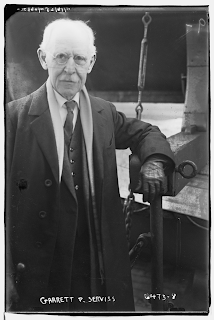Today on Far Future Horizons we present Future Flight (1987) hosted by the late Christopher Reeve of Superman fame.
This documentary addresses ten of the greatest
possible air and space adventures of the coming century from the perspective of 1987. Using state-of-the-art
special effects and historic footage, the program shows how yesterday's science
fiction can become tomorrow's science fact.










.jpg)















.jpg)























